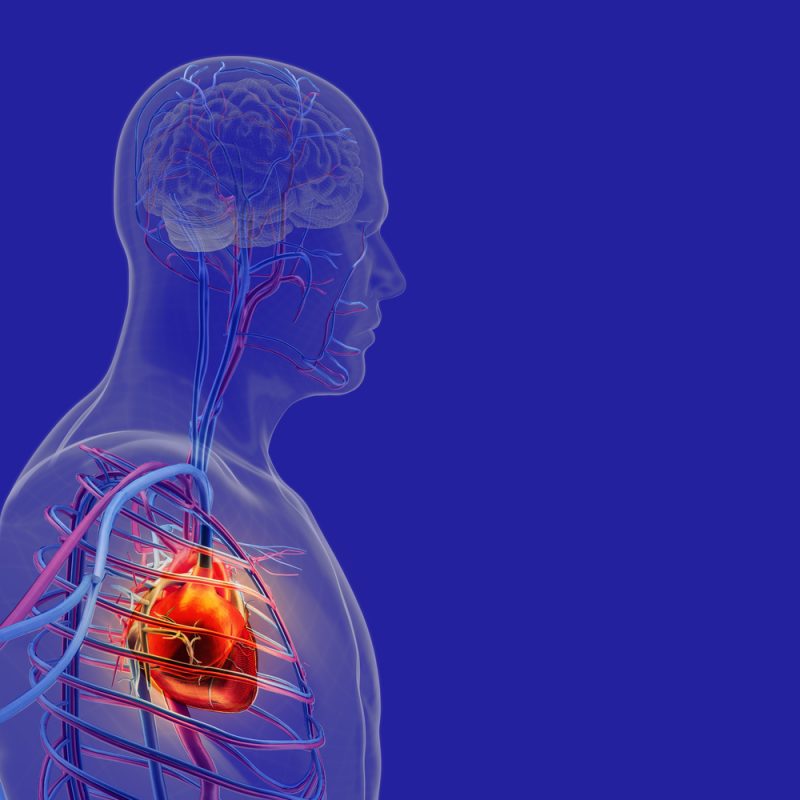Blood Pressure Medicine Combo Helps Slow Heart Decline in DMD Study

Yevhen Vitte/Shutterstock
A treatment combination of two blood pressure medicines can help slow heart function decline in males with Duchenne muscular dystrophy (DMD), a single center study suggests.
These findings support international guidelines that recommend the use of cardiac medications to help stabilize heart function in DMD.
The study, “Effects of cardio-active medications on ventricular function in patients with Duchenne muscular dystrophy-related cardiomyopathy,” was published in the journal Muscle and Nerve.
Most patients with DMD develop an enlarged heart with impaired ability to pump blood — a condition known as dilated cardiomyopathy — by the age of 18.
Medicines for hypertension, including angiotensin converting enzyme inhibitors (ACEi) and beta blockers, are commonly used in people with idiopathic (of unknown cause) dilated cardiomyopathy.
ACE inhibitors widen blood vessels, increasing blood flow, lowering blood pressure, and decreasing oxygen demand from the heart. Beta blockers slow down heart rate and reduce the heart’s force. They work by blocking the release of the hormones adrenaline and noradrenaline.
In 2010, the DMD Care Considerations Working Group recommended the combination of ACEi and beta blockers for DMD patients as a way to delay the decline in cardiac health. However, the effectiveness of implementing these measures is not well-understood.
In the study, researchers in the U.K. assessed the impact of combining ACEi and beta blockers in preventing decline of left ventricle function (the main pumping chamber of the heart) in DMD patients followed at the John Walton Muscular Dystrophy Research Centre, in Newcastle upon Tyne.
Patients with a diagnosis of either ‘possible’ or ‘definite’ cardiomyopathy were monitored for four years before and after they started treatment with a combination of an ACEi — perindopril or an equivalent alternative — and a beta blocker (bisoprolol, marketed in the U.S. as Zebeta).
In total, 104 male DMD patients (mean age 16.2 years at first data collection) were included in the study.
Eighty-one patients (77.9%) received steroid maintenance therapy — prednisolone and Emflaza (deflazacort) — and 77 (74%) were no longer able to walk at the end of the study.
The group’s mean predicted forced vital capacity, a measure of lung function, was low at 57%. Forty patients (32%) required ventilation during the night.
Most participants (77%) had left ventricle dysfunction, as shown by an echocardiogram, indicative of cardiomyopathy. Yet, no patient had developed cardiac symptoms or had been admitted to a hospital for heart failure.
Before starting the combination therapy, the patients’ left ventricular fractional shortening (LVFS) — which corresponds to the size difference of the left ventricle when contracting and here an indicator of “definite” cardiomyopathy if under 25% — declined by 1.5% per year. Following the ACEi and beta blocker combo, the rate of decline decreased to 0.9% per year.
Age of patients at the time they began the combination therapy had no impact in its effectiveness.
Analysis of left ventricle ejection fraction — which refers to how well the left ventricle pumps blood with each heartbeat — in 29 patients pre-treatment and 11 patients after treatment confirmed the therapy’s benefits.
Patients with LVFS below 20% before treatment were found to have the worst outcome over the four years, with LVFS falling to 17.8%.
Next, the researchers assessed which other factors could influence cardiac disease. Their analysis revealed that heart dysfunction occurred at a significantly older age in participants who had received long-term steroid therapy compared with those who had taken it for less than six months or not at all (16.8 vs. 14.5 years).
Respiratory failure, mainly due to an infection, was the most common cause of death. Just over half of the 21 patients who died were required to undergo non-invasive ventilation due to weakness of respiratory muscles.
Overall, “our findings confirm that an ACEi/BB [beta blocker] drug combination can slow the rate of decline in LV function in support of the 2010 DMD care recommendations,” the researchers wrote.
However, the fact that the combination therapy could not stop completely the decline in heart function highlights the “need to develop novel, more potent drugs with complementary heart-protective actions as well as disease modifying therapies to further improve cardiac and overall outcomes in patients with DMD,” they concluded.







